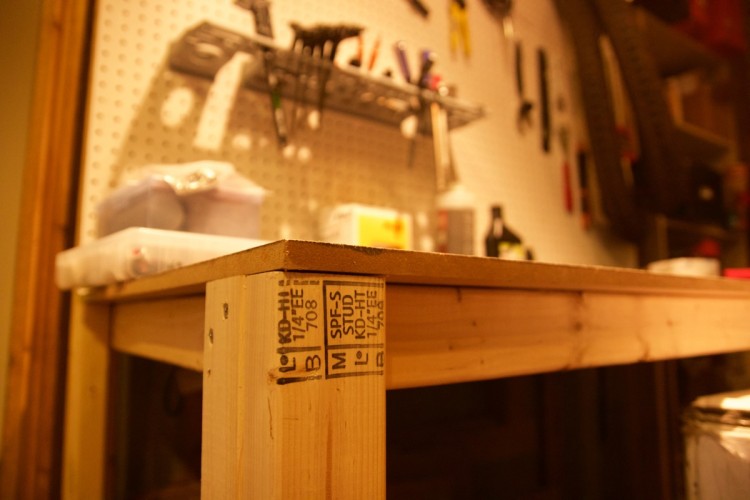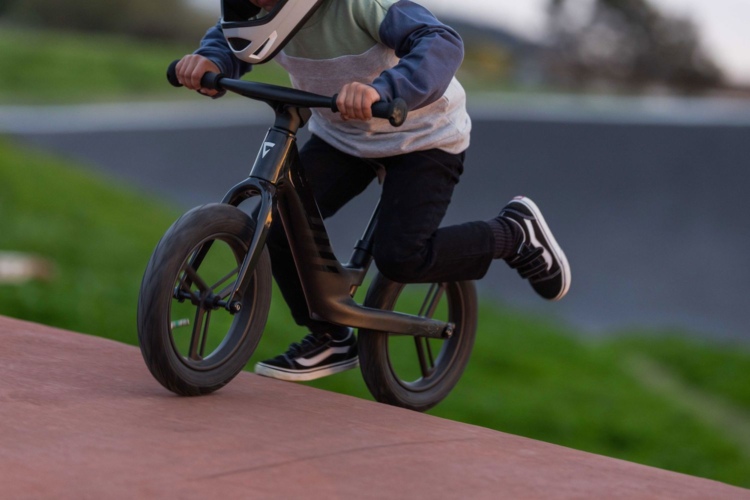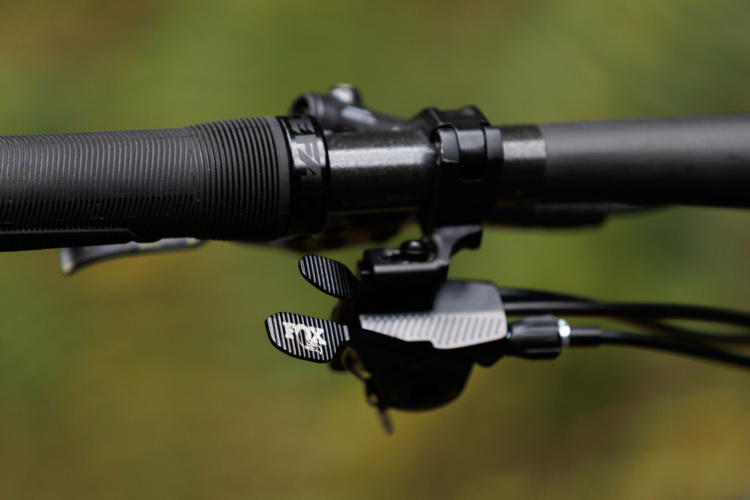What do these have in common? Beer, dirt, hops, gears.
If you guessed mountain biking, you would be correct! Here at Singletracks.com, we’re a bit obsessed with beer and mountain biking, and judging from the comments on some of our beer-related articles, you are too. As our Editor in Chief, Greg Heil, ranted about self sufficiency in mountain biking not too long ago, he brought up a good point about the do-it-yourself culture in mountain biking. Roadies can break down and call a sag car at any time. We’ve all seen the spandex-clad, tear-soaked road bikers moping on the side of the road with a flat tire they can’t fix. Not mountain bikers. It only takes one experience of ripping your derailleur off 20 miles from civilization to teach you the necessity of fixing every blasted piece of your bike. Or, at the very least, how to get the bike in working order to prevent you from having to carry it back to the car.

However, there’s one critical part of mountain biking where the DIY bug has not quite caught on: beer. Sure, it’s easy enough to swing by the store and grab a few bottles of beer for that post-ride recovery beverage. But what if the store is out of Fat Tire? What if you like Hefeweizens, but all of them are a bit too bitter or too hoppy for you? What if they’re not hoppy enough? That double IPA could use more hops… but you’re beholden to corporate America!!! How do you avert crises such as these?
Brew your own beer! That’s right, no longer will you have to be held to the taste buds of the majority. Want green chiles and pineapple in your beer but can’t find it on the grocery store shelf? Now you can stockpile your fridge with your own tasty creations. You ask: “But cycling8r, isn’t it hard?” If you can boil water, (mostly) follow instructions, and have a little bit of patience, it’s as easy as riding a green trail.
To get started, all you need is a three gallon pot, a homebrew kit which consists of a food-grade bucket and a few other miscellaneous products, and a trip to a homebrew store (or online if you live in the sticks) to gather the necessary malts, grains and yeast. Just like with your local bike shop, I highly recommend patronizing your local homebrew shop if you have one near by.
Side note: While the seemingly easiest route may be to opt for a “Mr. Beer” kit, I personally don’t recommend it. If you’re willing to pony up a little more money up front, your taste buds will thank you.

The process is as follows:
- Heat up 2.5 gallons of water
- Steep grains (if necessary for your style of beer)
- Boil malt extract and hops
- Cool
- Dump mixture into a bucket with another 2.5 gallons of water
- Sprinkle in yeast
- Let it ferment for 1 to 2 weeks
- Bottle your tasty creations and let it carbonate for ~3 days (if you’re that patient)
- Then comes the hard part: sit back and enjoy a cold sudsy beverage after a hard bike ride!

If you’ve done the math above, you may realize that the standard homebrewing process results in 5 gallons of beer. That’s not a typo… 5 gallons. That typically equates to about 50 bottles of beer. Most of my brews average out to less than $1 a bottle. Considering you can spend upwards of $20 a six pack nowadays, it’s also economical. And since you can reuse glass bottles indefinitely with no use of fossil fuels for shipping, homebrewing is also environmentally friendly. I’m all about saving the polar bears, which is the real reason I got into homebrewing. Honestly.

Some of you may be screaming at the screen by now that bottled beer is ok, but not great. Many of you may also say that nothing beats patronizing a local brewery where the beer is fresh and on tap. While I agree with you, the downfall to traveling to a brewery (if a negative point can actually exist about beer and breweries) is the necessity of a designated driver. Wouldn’t it be great to have fresh beer on tap at home? If you could just roll your grimy, sweat-and-dirt-encrusted self up to a beer tap without having to endure the dirty looks of non-biking bar patrons? Turns out you can. And I’m not talking about the keg of Bud Light you used to buy for college parties. Converting an old chest freezer into a kegerator is an easy way to set up your own bar. Depending on the size of your freezer, you can have anywhere from 1 to 12 taps.
While it’s hard to justify spending money on something other than new bikes or bike parts, beer is a close second. Besides, I’m not sure it’s possible to swap stories of crashes and near-misses with friends without a beer in your hand.
If there’s one thing I can guarantee, it’s that the more (tasty) beer you brew, the more friends you’ll have, both on the trails and at your house. An additional perk is that you almost always have beer to give away, which can be particularly handy for mountain bikers, as bike mechanics also like to supplement their income with beer from their customers. A six pack can go a long way when asking your LBS to track down an irritating creak in your bike.
Your turn: Do you homebrew or have plans to give it a try? What other hobbies do you indulge in on top of mountain biking?




















5 Comments
May 19, 2015
Yeah, given my career the average bottle of homebrew I make costs about $200. But it is a fun hobby, and a great way to be creative and artistic.
Jan 23, 2015
Jan 23, 2015
I could boil in a bag or play cute tricks with large pots... but I think I'll wait a year or so and get a full system. Happy brewing to you as well :)
Jan 21, 2015
I learned some things from the process and upgraded a few items. Next week I'll be brewing a barleywine and then aging it in a used oak bourbon cask that should be delivered today!
Jan 23, 2015